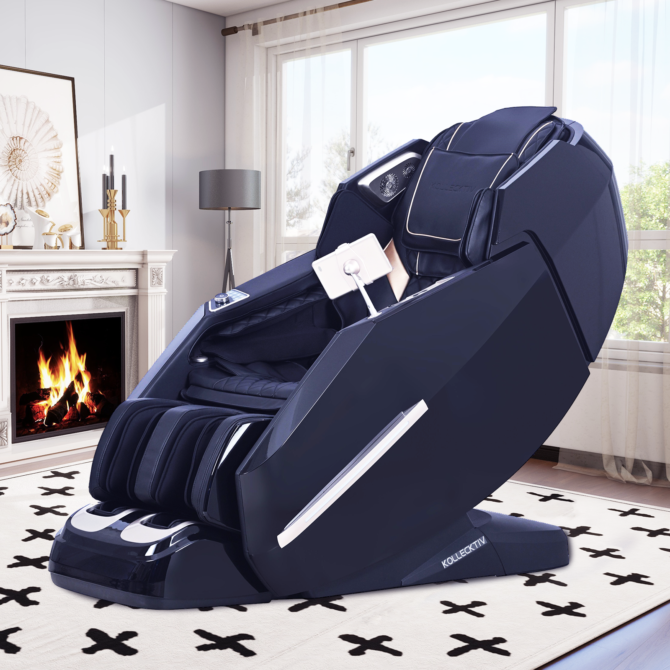Exploring the Multitude of Massage Techniques Offered by Massage Chairs
Massage chairs have revolutionized the way we experience relaxation and therapeutic benefits at home. These advanced devices offer a wide range of massage techniques designed to target specific areas of the body and address various concerns. In this article, we will explore the multitude of massage techniques offered by massage chairs, understanding how they provide a customizable and therapeutic massage experience.
- Kneading Massage Technique:
One of the most common and popular massage techniques offered by massage chairs is kneading. This technique involves applying pressure and circular motions to the muscles, helping to relieve tension, reduce knots, and improve circulation. Kneading massage mimics the hands of a professional masseuse, providing a deep and relaxing massage experience.
- Rolling Massage Technique:
Rolling is another commonly found massage technique in massage chairs. This technique involves the chair’s rollers moving up and down the back, simulating the motion of a masseuse’s hands rolling along the spine. Rolling massage helps to stretch and elongate the muscles, improve spinal alignment, and promote relaxation.
- Tapping Massage Technique:
Massage chairs also offer the tapping massage technique, which involves rapid tapping or percussion movements on the muscles. This technique helps to stimulate blood flow, reduce muscle tension, and provide a revitalizing sensation. Tapping massage is particularly beneficial for individuals seeking an invigorating and energizing massage experience.
- Shiatsu Massage Technique:
Shiatsu is a traditional Japanese massage technique that focuses on applying pressure to specific points on the body. Massage chairs equipped with shiatsu technology utilize rollers or airbags to target these pressure points, promoting relaxation, reducing muscle tension, and restoring balance in the body. Shiatsu massage is known for its therapeutic benefits and ability to alleviate stress and pain.
- Swedish Massage Technique:
Massage chairs often include the Swedish massage technique, which combines long, flowing strokes with kneading and tapping motions. This technique aims to relax the muscles, improve blood circulation, and promote overall well-being. Swedish massage is known for its gentle yet effective approach, making it suitable for individuals seeking a soothing and rejuvenating massage experience.
- Compression Massage Technique:
Compression massage involves the application of pressure to specific areas of the body using airbags or rollers. Massage chairs with compression massage technology can target different areas, such as the arms, legs, or feet, to improve circulation, reduce swelling, and relieve muscle fatigue. Compression massage provides a therapeutic and comforting experience, especially for individuals who spend long hours on their feet or have poor circulation.
- Stretching Massage Technique:
Massage chairs equipped with stretching massage technology offer a unique and beneficial feature. These chairs utilize airbags and adjustable positions to gently stretch and elongate the muscles. Stretching massage techniques can help improve flexibility, relieve muscle tension, and promote relaxation. This feature is particularly beneficial for individuals seeking to improve their range of motion and alleviate stiffness.
Conclusion:
Massage chairs offer a wide range of massage techniques to cater to various needs and preferences. Whether you seek relief from muscle tension, improved blood circulation, relaxation, or enhanced flexibility, these innovative devices have you covered. From kneading and rolling to tapping, shiatsu, Swedish massage, compression, and stretching techniques, massage chairs provide a customizable and therapeutic massage experience in the comfort of your own home. Embrace the multitude of massage techniques offered by massage chairs and elevate your relaxation and well-being to new heights.


